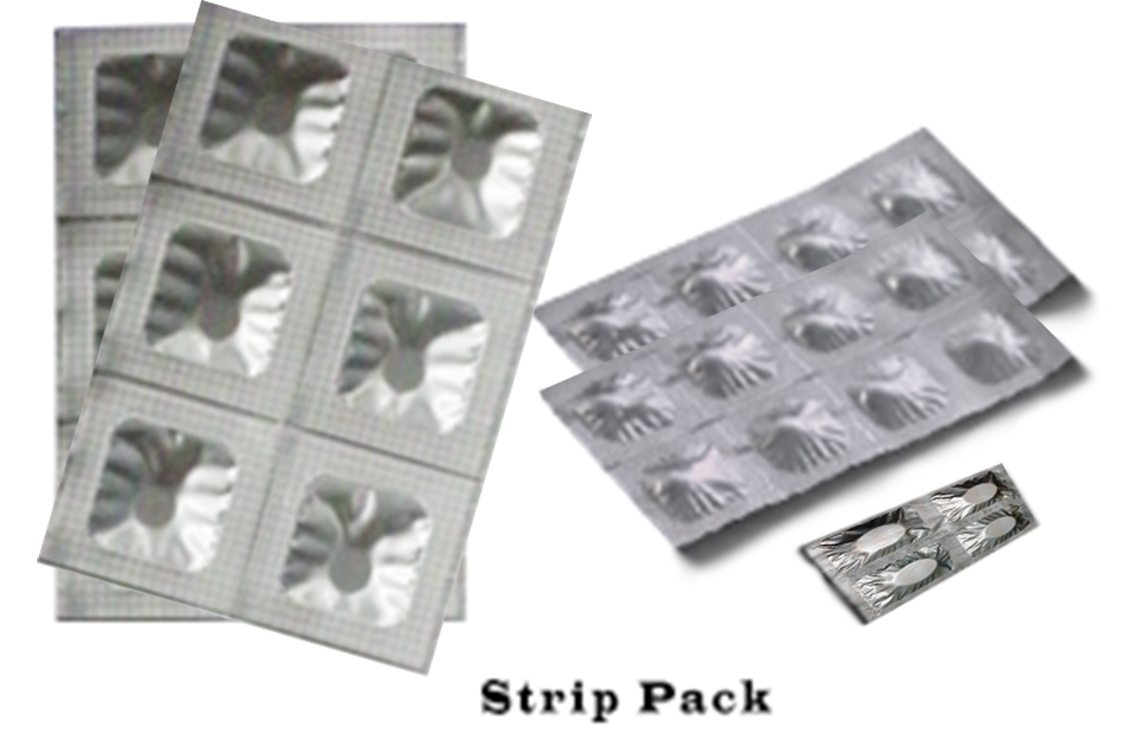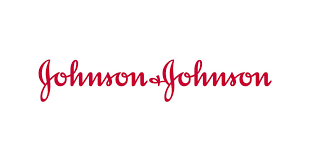Activity
-
Paperex is an internationally renowned series of exhibitions and conferences focusing on Paper, Pulp, and all Allied Industries. It is the only comprehensive business platform serving the paper industry and over the years, this leading business event has become the perfect platform for showcasing the entire spectrum of products and services
-
Ecoenclose launches pilot program for wh...
EcoEnclose - producer of sustainable packaging for the world’s most conscious eCommerce brands - has recently launche
-
Reike introduced anti-counterfeit soluti...
Counterfeiting and product piracy rank among the growing challenges of our increasingly interlinked global economy.
-
Breitsamer honig witches from papercup t...
A NEARLY PERFECT PACKAGING
Breitsamer' organic honeys in paper cups have numerous advantages: they can be r
-
Breisamer honig announces flip-top closu...
The sticking of honey Although it’s a sign of its naturalness, it can lead to subdued mood at the breakfast table.
-
Aimplas produces plastic film from coffe...
Converting biological waste into resources is one of the keys of the circular economy, and the main objective of the
-
Omnichannel packaging and dispensing sol...
Aptar Beauty and Home is a leading provider of e-commerce capable and sustainable packaging solutions for all distri
-
Saf-lok
-
Recycled fishing nets for the neue klass...
In a first for the automotive industry, the BMW Group is using recycled marine waste to produce visible trim parts in
-
Rema 1000 introduces packaging made of r...
-
Multi-portion pouch: the next big thing ...
-
Mondi and essity launch packaging for fe...
Mondi, a global leader in packaging and paper, has collaborated with Essity and Dow to create new, recyclable seconda
-
Mondi handles diamant’s packaging need...
Mondi, a global leader in packaging and paper, has entered the bike packaging market with its Protector Bags, providi
-
Mondi and fiorini international team up ...
Mondi, a global leader in packaging and paper, in partnership with Fiorini International, a world leading converter a
-
Mondi and fresh!packing reinvent the coo...
Mondi, a global leader in sustainable packaging and paper, has worked with FRESH!
-
Difference between blister packaging and...
-
11 innovative ways johnson & johnson pac...
-
Gentlebrand designs the “no-label” p...
Gentlebrand designs the “no-label” packaging for Montbest, the renowned product brand of the Korean company Korea Cry
-
World’s first plastic-free paper bottl...
-
Apr recognizes barrierguard oxygensmart ...
Plastic container manufacturer Ring Container Technologies announced November 30 that Barrier Guard Oxygen Smart, a b











